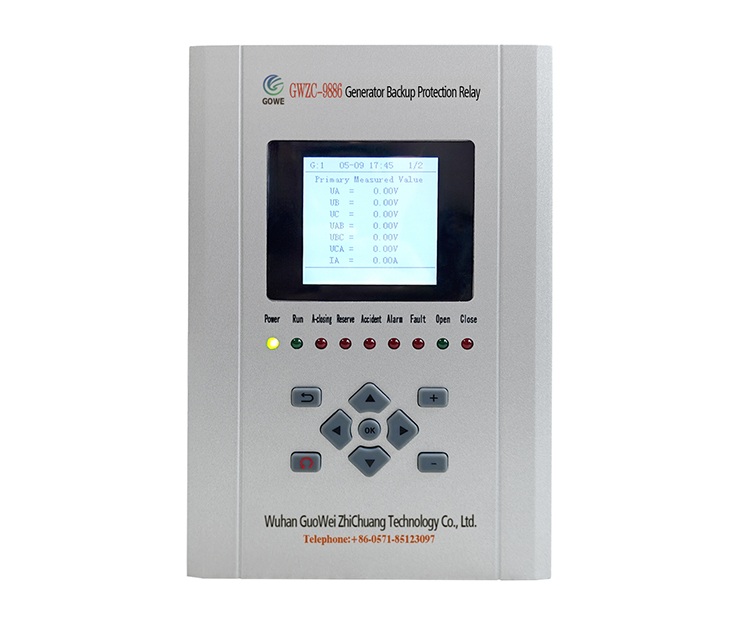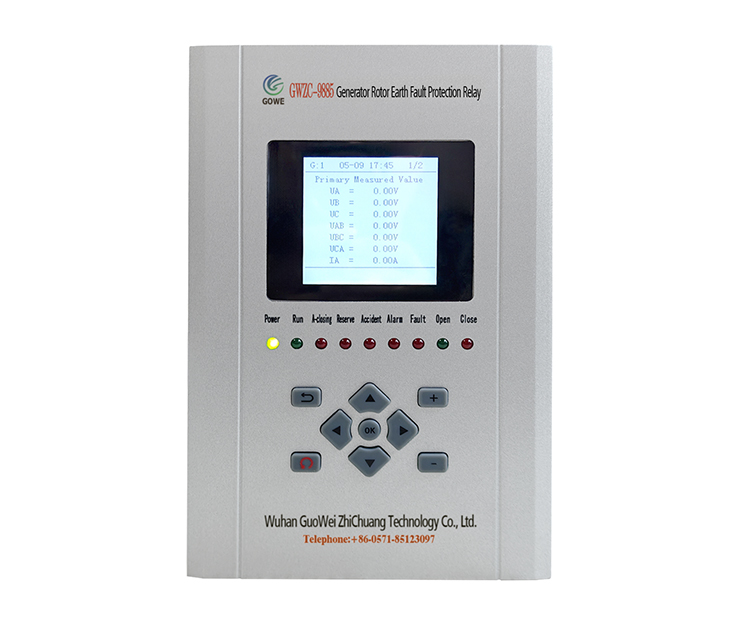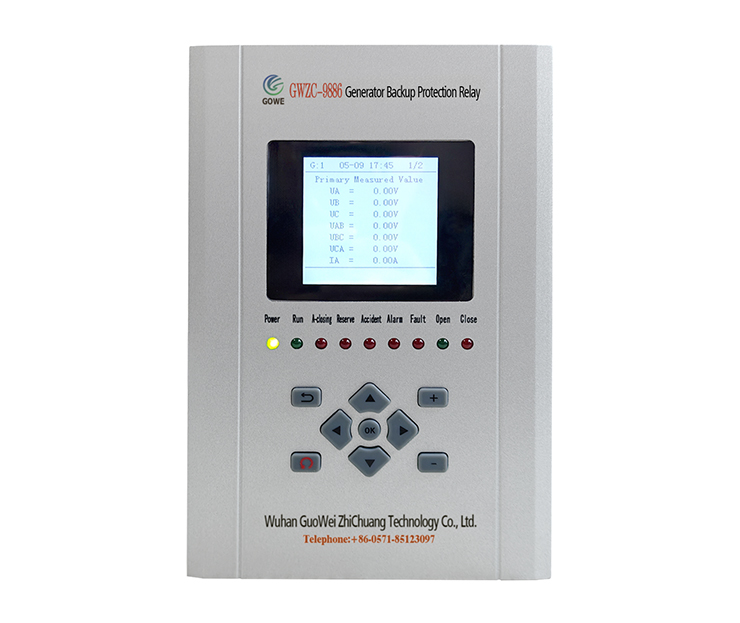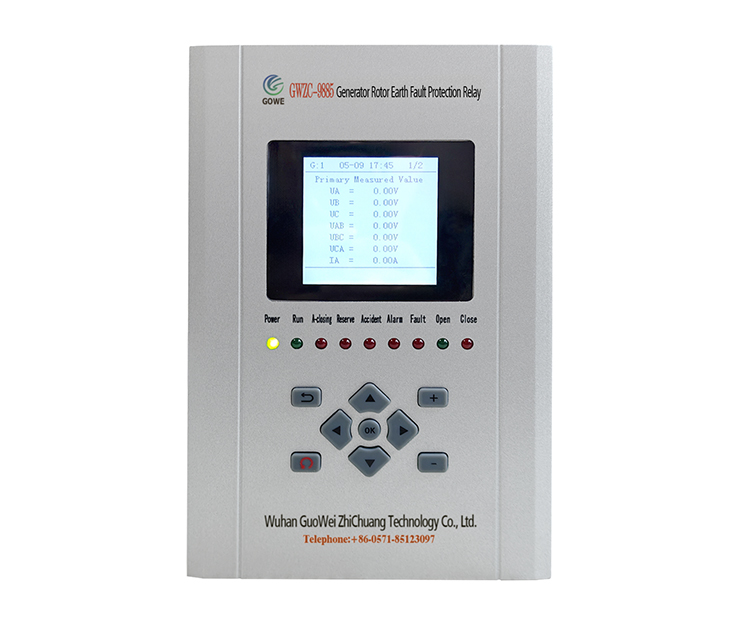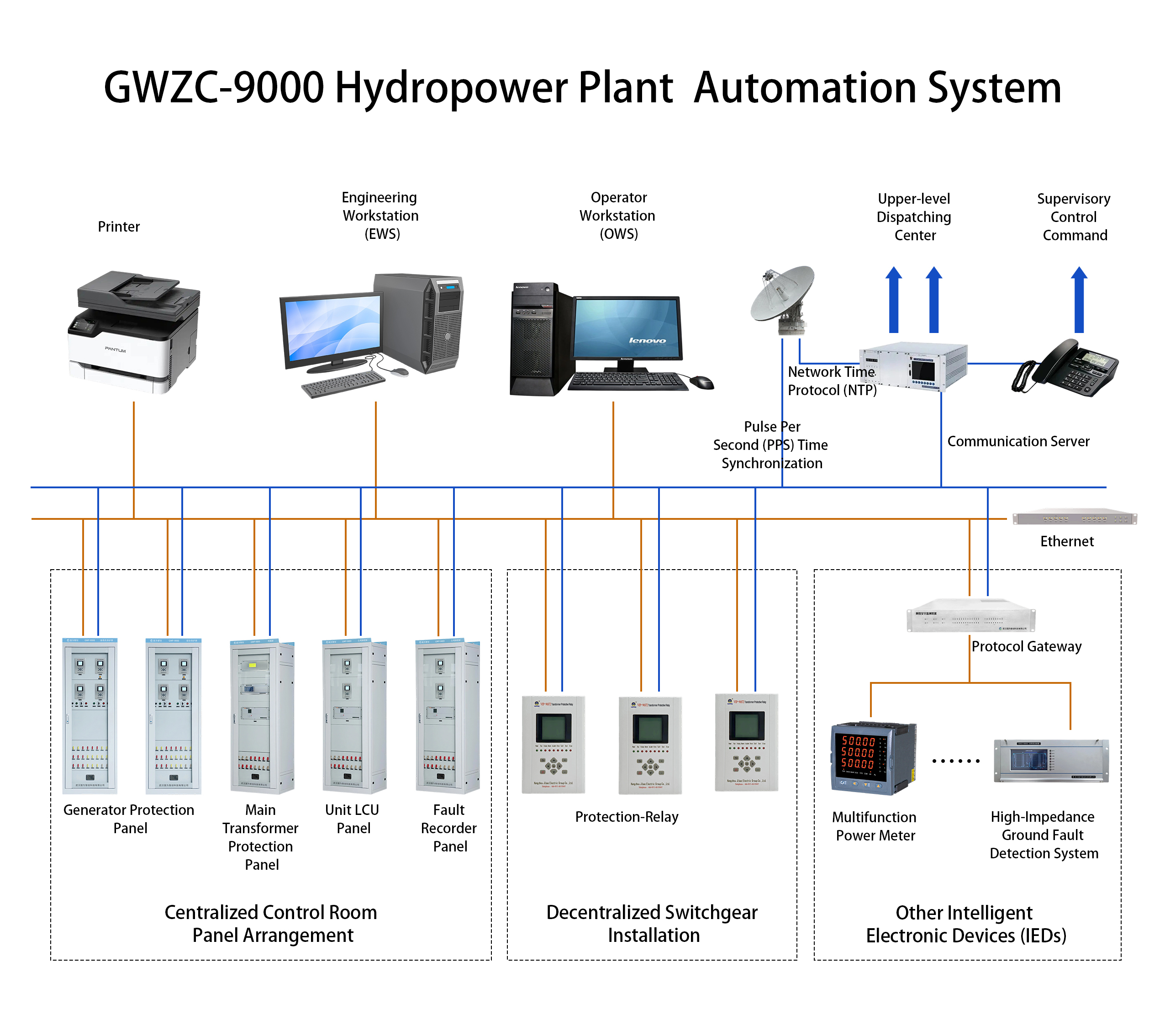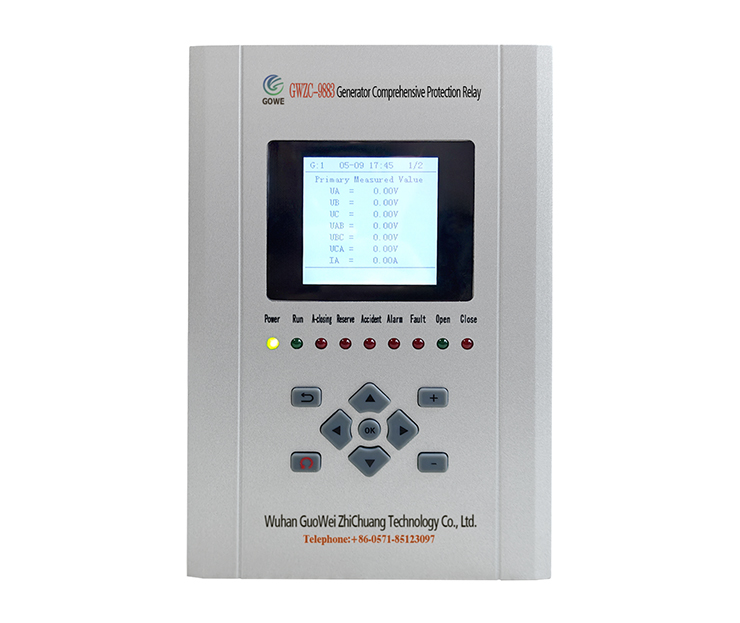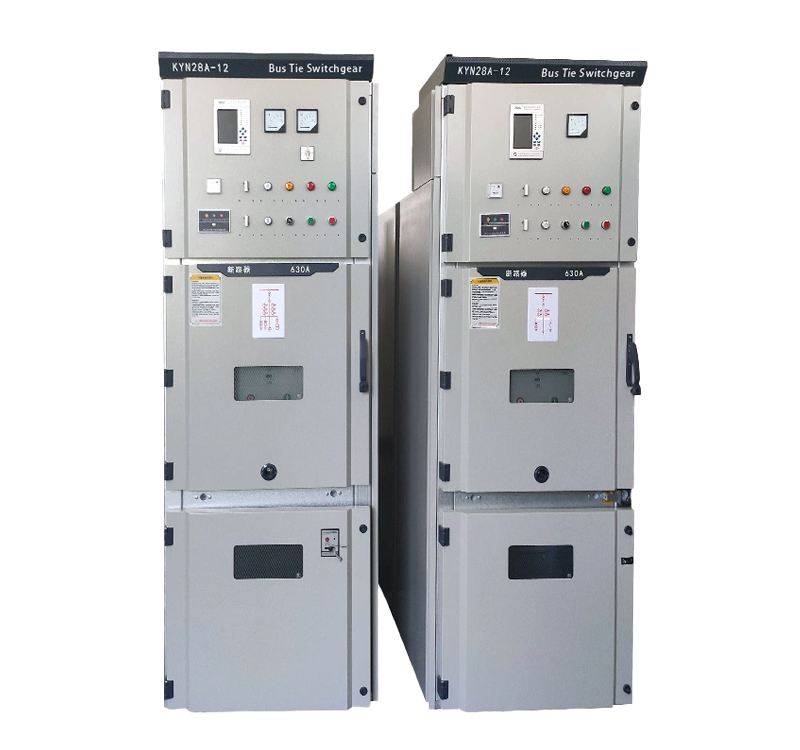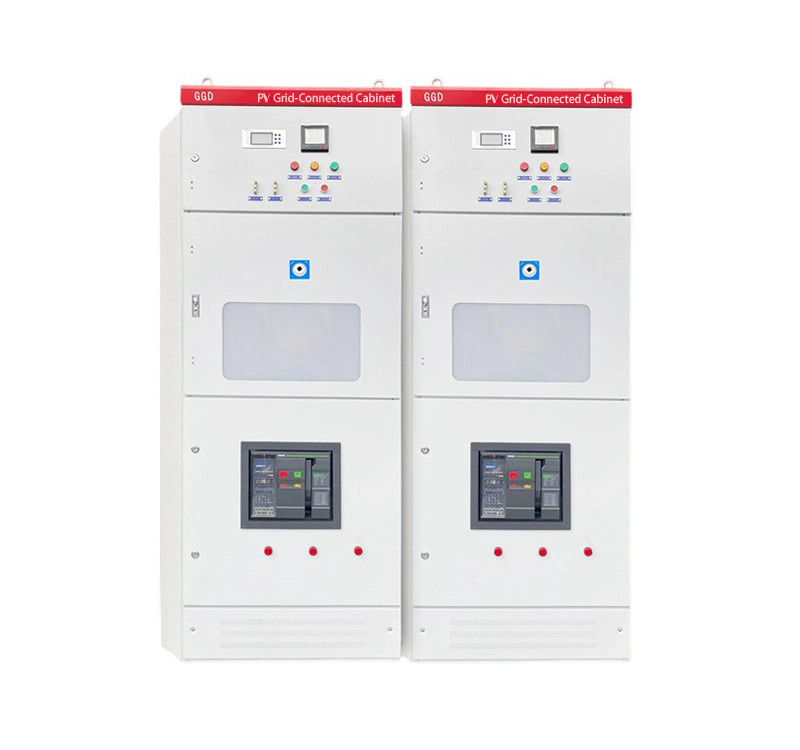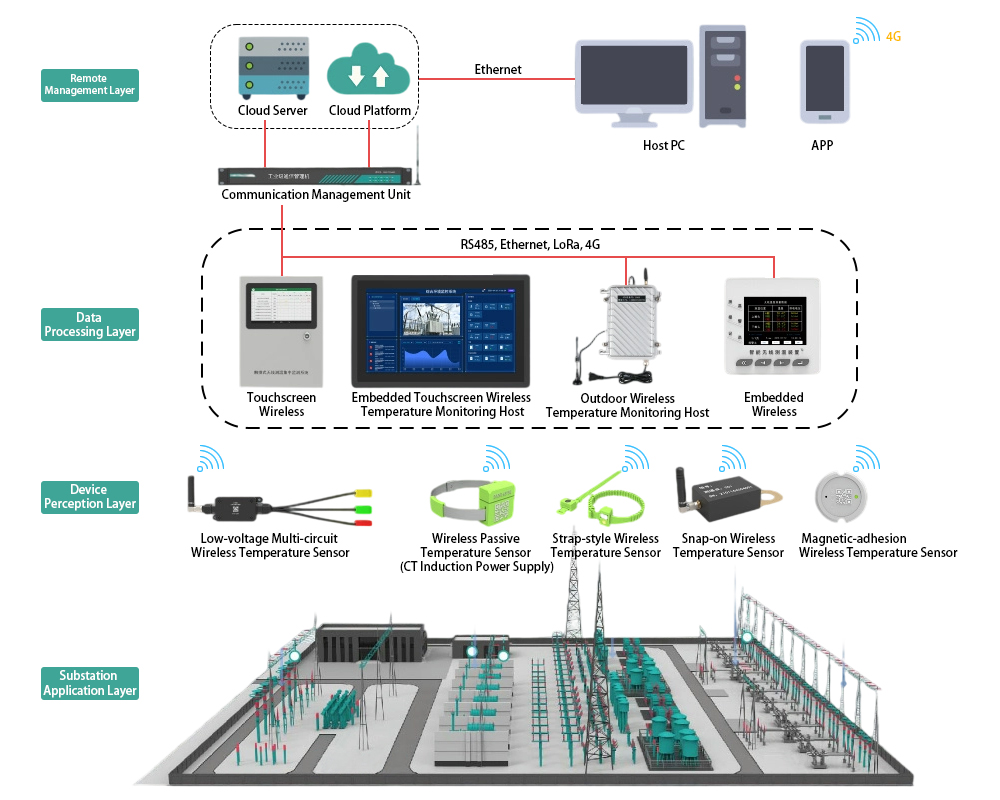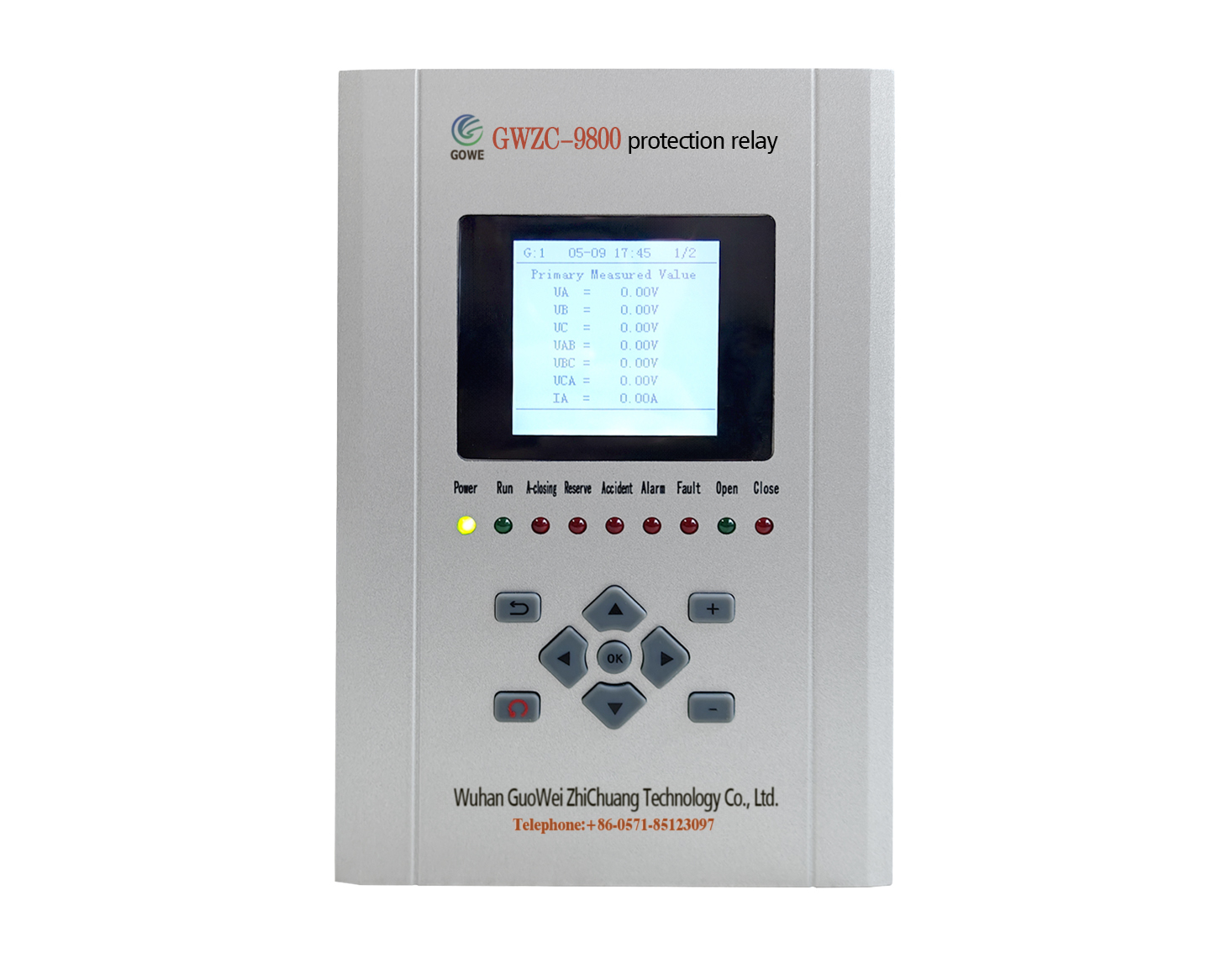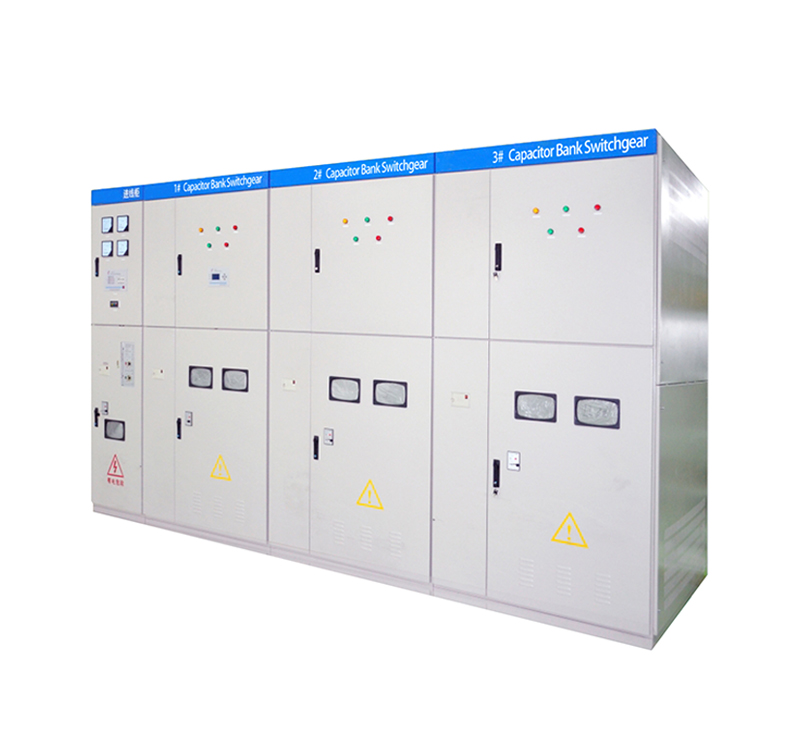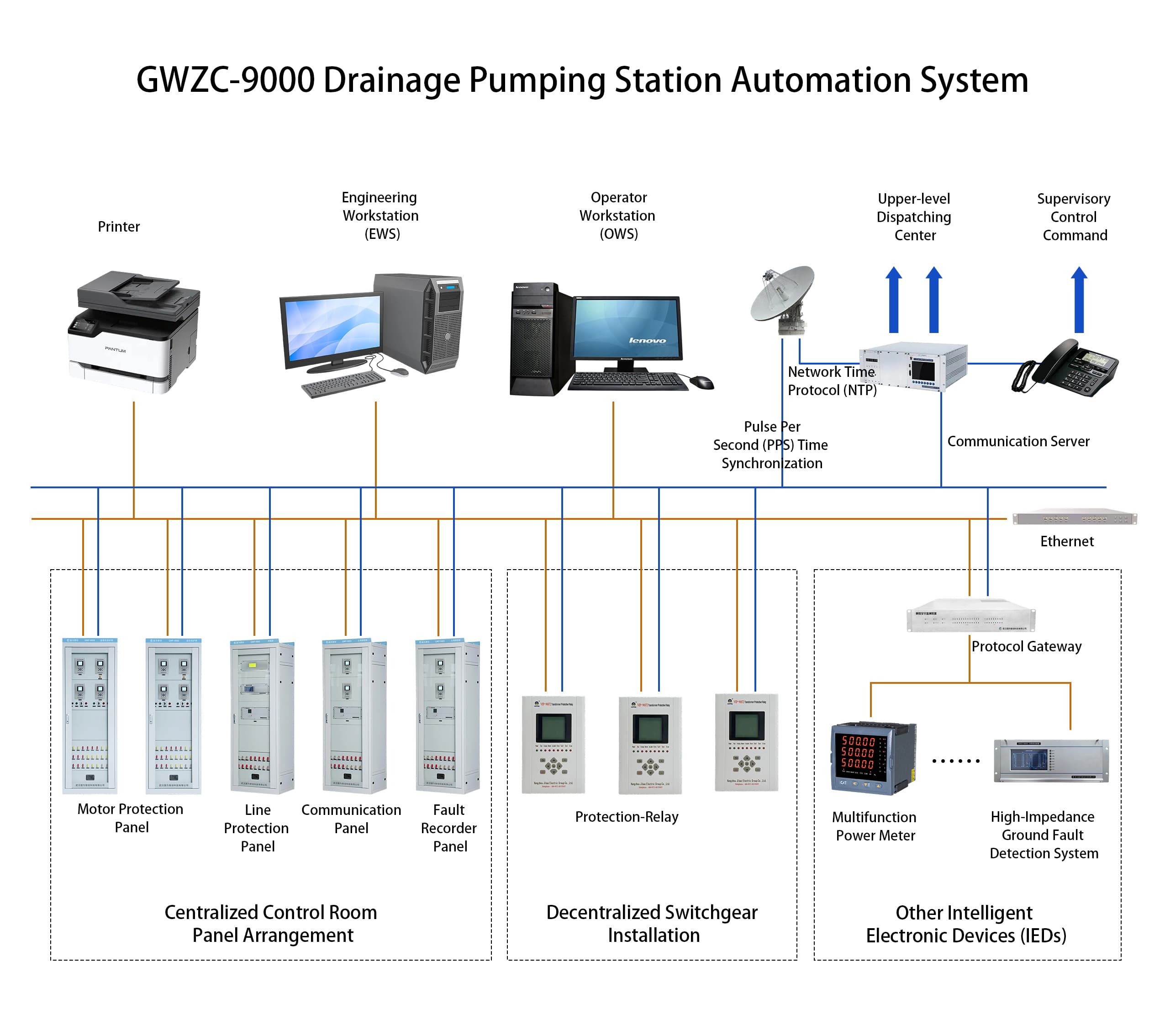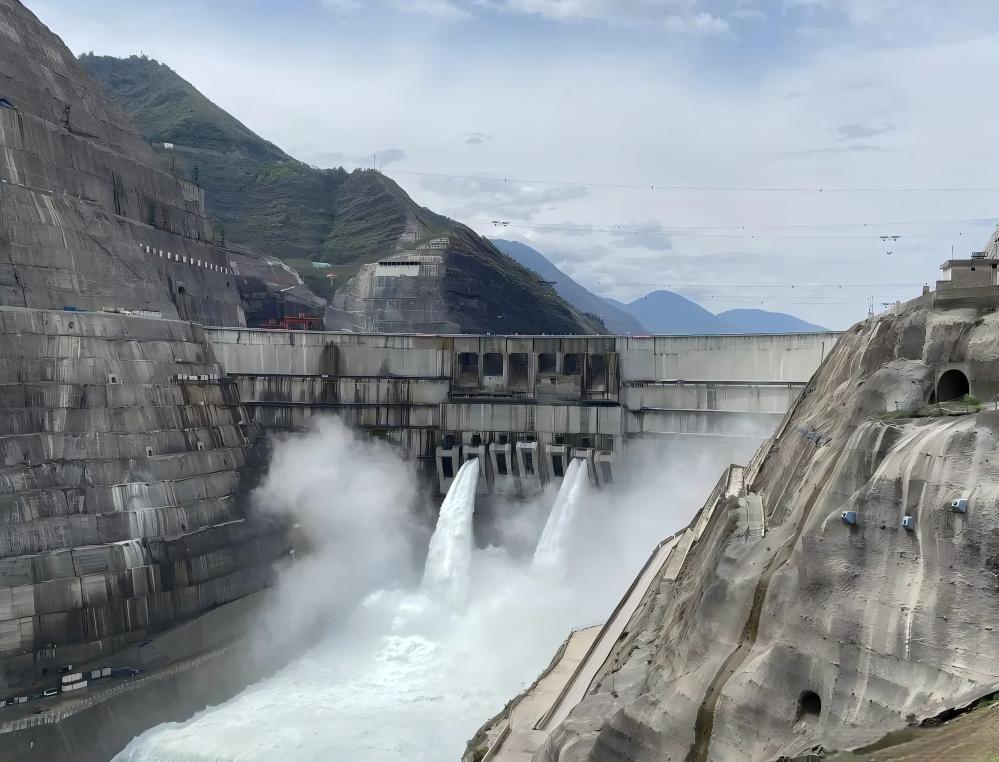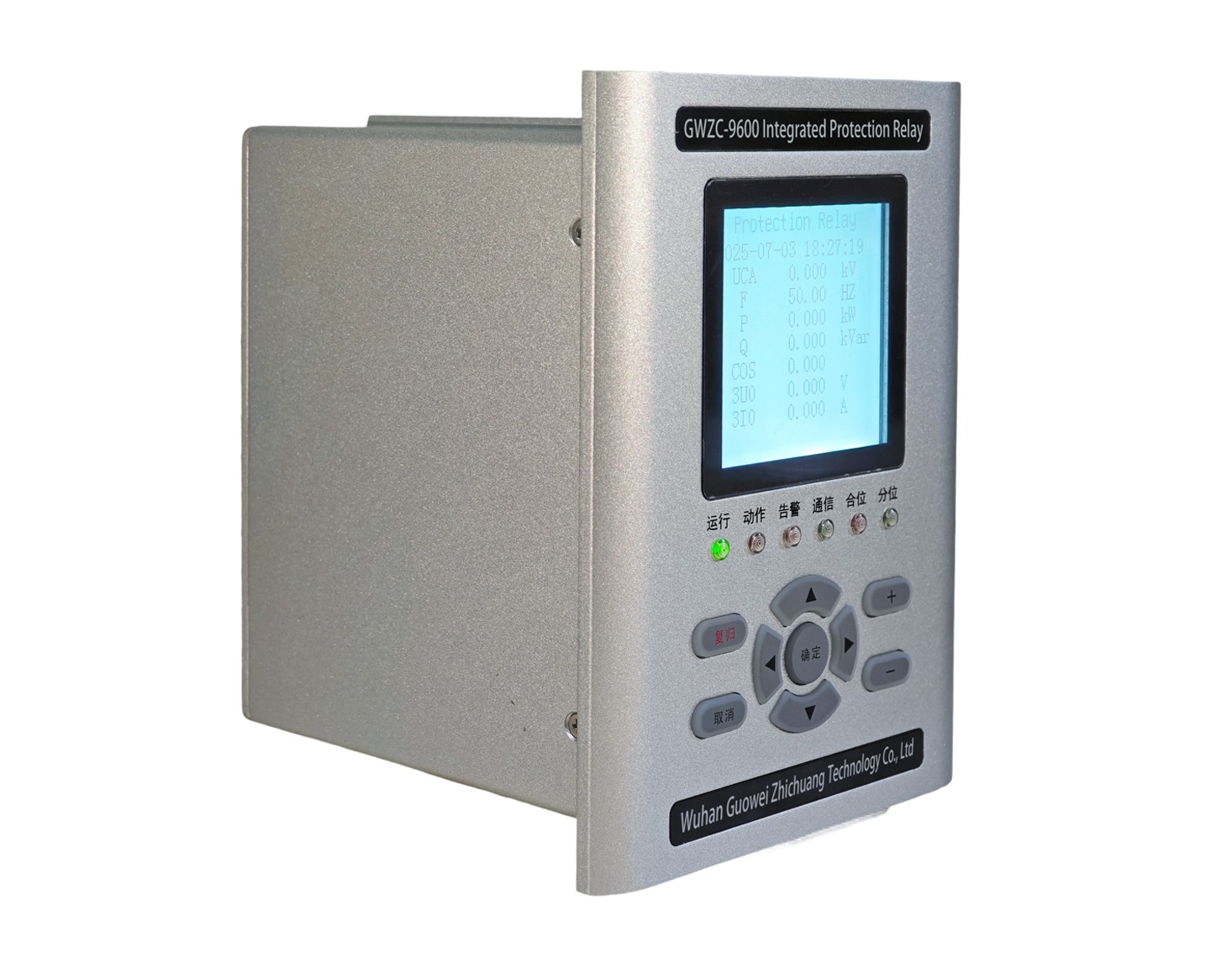Generator Overfrequency Protection: Working Principle, Function, and Setting Calculation
In our previous session, we covered the working principle, function, and setting calculation of generator Underfrequency Protection. Today, we will discuss the working principle, function, and setting calculation of generator Underfrequency Protection, as detailed below: Generator Overfrequency Protection, internationally standardized under ANSI/IEEE C37.2 as code 81O, operates on the core principle of continuously monitoring the AC voltage frequency at the generator terminals or the point of interconnection.
2025/10/22

